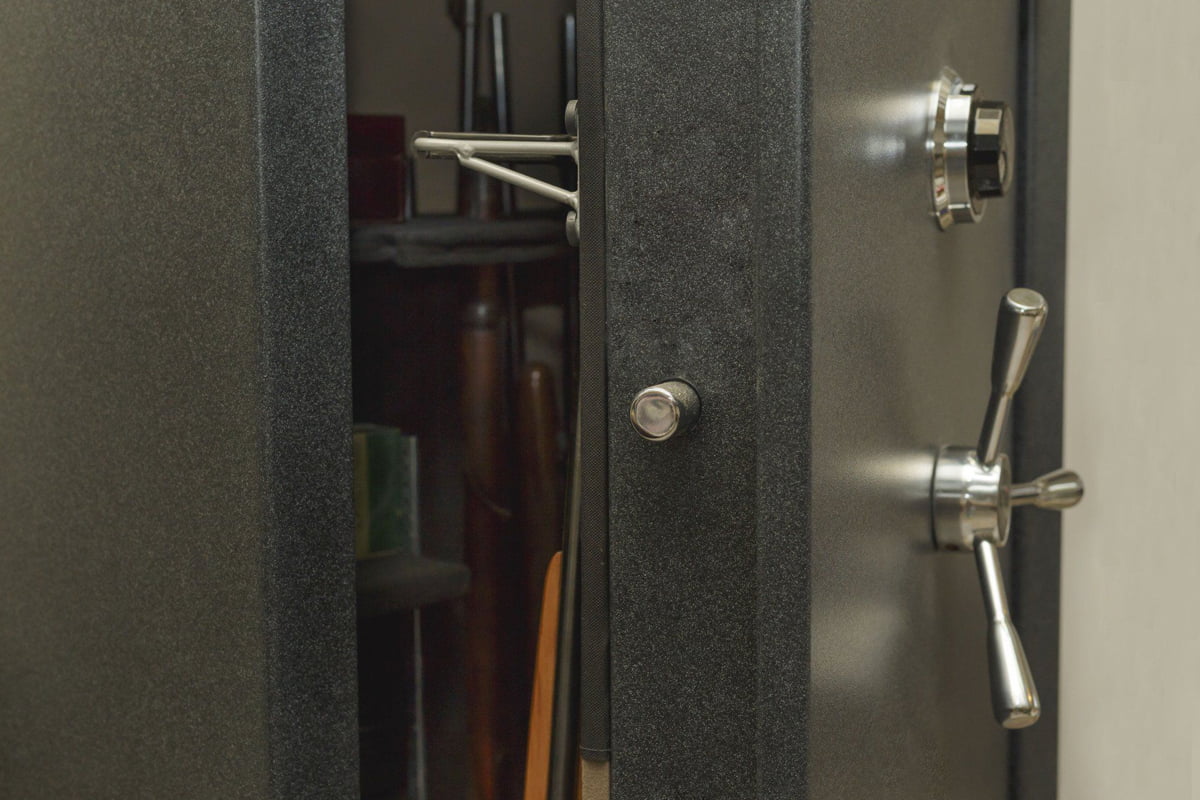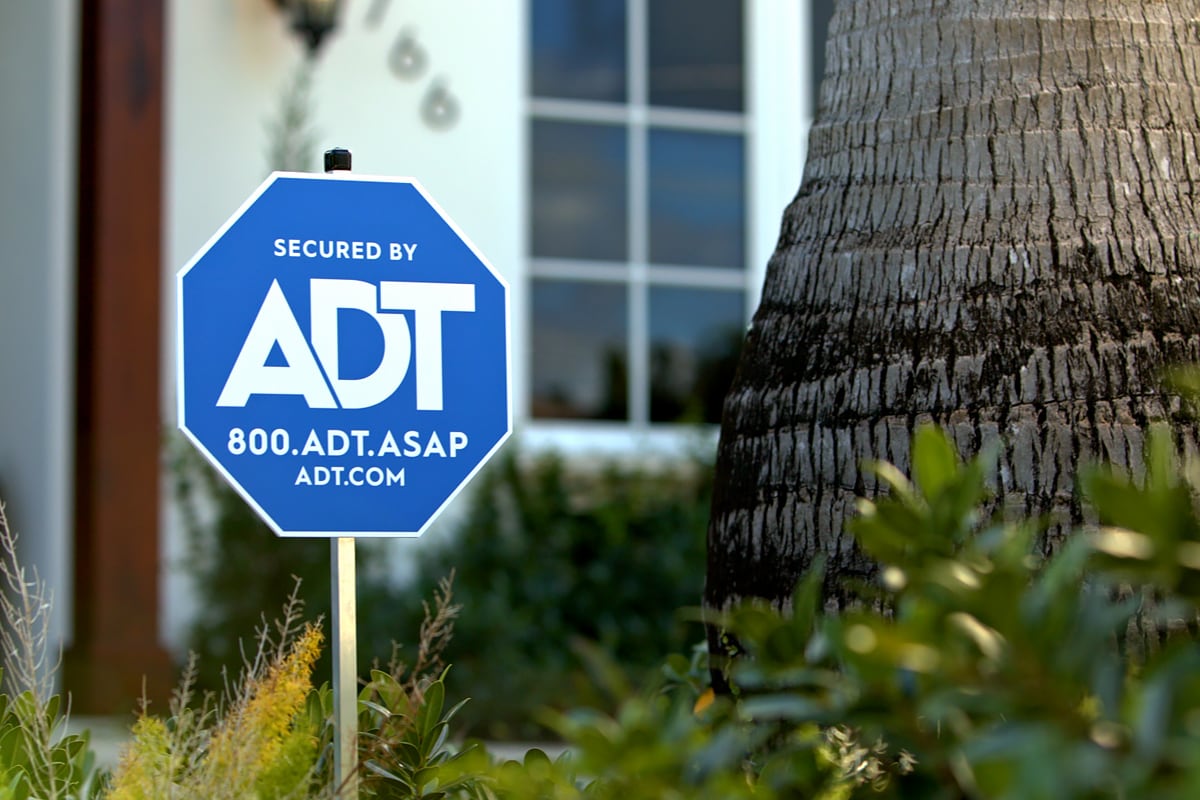What Are Opening Periods
Opening periods in the safe & lock industry are specific dates or times programmed into a lock system to allow access to the safe outside of the normal timelock schedule. These periods override the restrictions set by the timelock and enable authorized individuals to open the safe during these designated times. Electronic locks allow for easy configuration of opening periods using a control panel or software interface.
The purpose of opening periods is to provide flexibility and convenience in accessing the safe when needed, even if it falls within a restricted timelock schedule. They can be set for specific days of the week, hours of the day, or even extended for temporary or special circumstances. For example, if a safe is set to be inaccessible on weekends or after business hours, an opening period can be programmed to allow access during a specific weekend or after-hours event.
Opening periods can be affected by factors such as clock drift, closing periods, and holiday locking periods. Clock drift refers to the gradual inaccuracy of a lock’s internal clock, which can impact the timing of opening periods if not regularly checked and adjusted. Closing periods are dates programmed to prevent access during what would normally be an open period, such as public holidays. Holiday locking periods are specific dates programmed to restrict access during designated holiday periods.
Opening periods are managed and programmed separately for each lock in a multiple lock system. This ensures that each lock has its own set of authorized users and operating modes, even if they are controlled by a single keypad.
While opening periods offer flexibility, unauthorized access during opening periods can pose a risk, so it is crucial to carefully manage and control access permissions. This includes regularly updating codes, monitoring access logs, and implementing additional security measures to prevent unauthorized entry.








